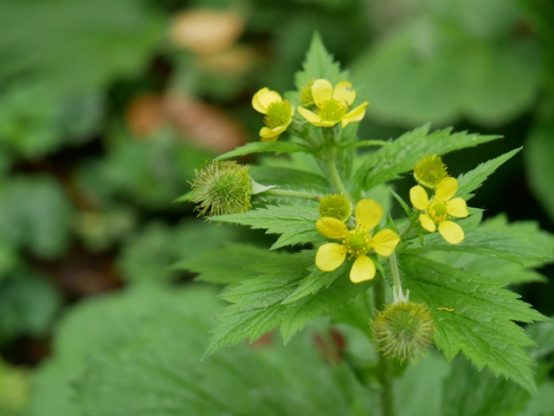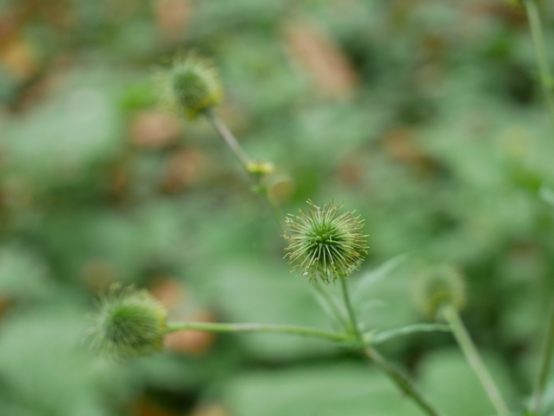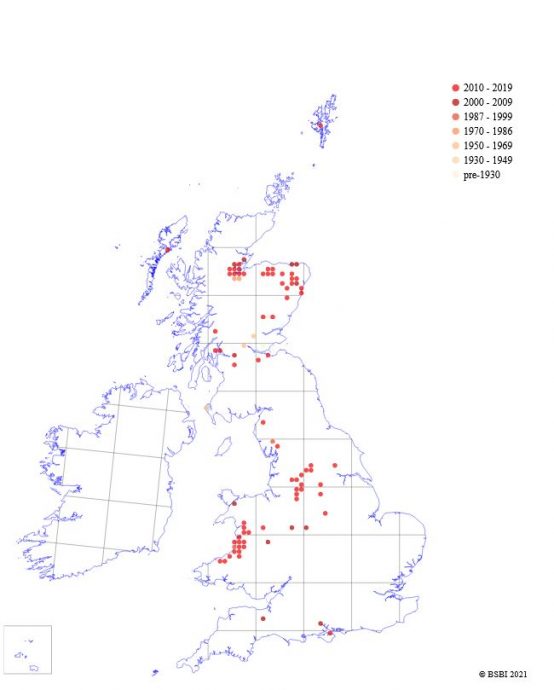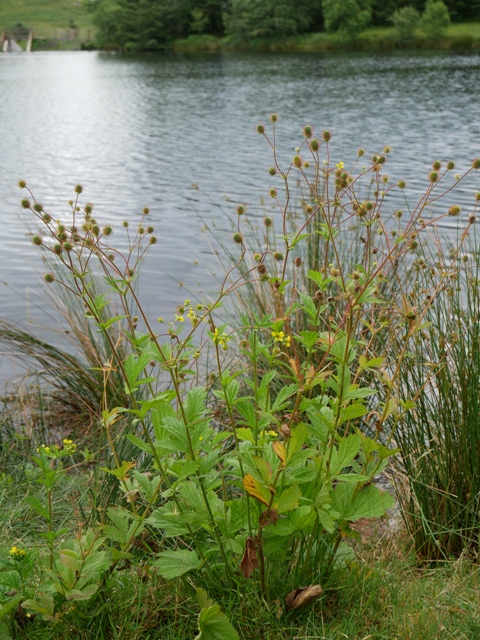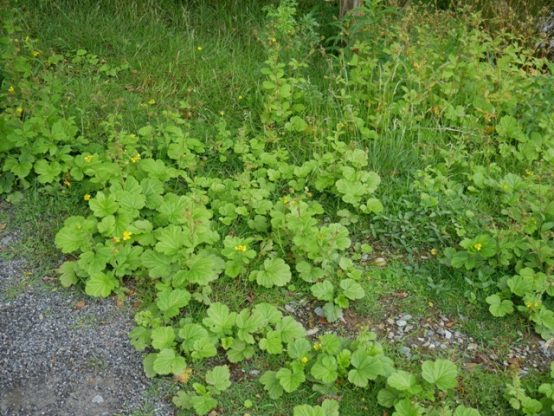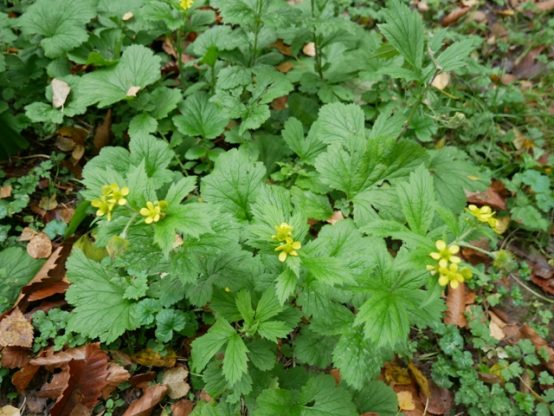By The Curious Scribbler
Every year we have swallows, who build their nest just outside the kitchen door where their poo piles up inconveniently on the mat, a hazard for the unwary. Their arrival is nonetheless eagerly welcomed, and their breeding success a matter of note. Last year there was a tragedy. The whole clutch died, fully fledged in the nest. I believe this was because of two days, 25 to 26 August, in which we were continuously buffetted by ferocious gales. I was reminded of this only yesterday when a news item about climate change included a scene of huge waves battering the seafront below Alexandra Hall.

The Aberystwyth storm of 25 August 2020

The sea breaking over Aberystwyth Jetty on 25 August 2020
Neither swallows nor insects could fly in that howling gale and I think the chicks simply perished unfed. We wondered whether they had flown before the storm, but a couple of weeks later I inspected the nest to find four dead swallows, their tails still a little on the short side, but otherwise perfect. The parents hung around on the electricity wires for some days, but then departed.
This spring was also unusual. During the early spell of warm, fine weather one or two swallows appeared, scoping the house, even indulging in occasional aerial squabbles, but nothing came of it and and the nest remained unused. They knew best perhaps, for that fine spell brought on all the shrubs in the garden, only to be scorched off by frost a few weeks later. There followed a May marked by its coldness and wetness, – not good conditions for feeding young. They were wise to wait.
I had pretty much given up hope when, in June, a swallow appeared, and sat singing its burbling chirrup on the wire, and before long was joined by a mate. They patched up the old nest, and devoted their spare time to intimidating the cats by their dive bombing. At first the chicks were pretty quiet, just a whisper of begging when the adult birds returned with beaks full of tiny insects, but over three weeks their cries become a loud cacophony breaking out almost every minute as the parents swooped in with food. The droppings began to pile up on the mat beneath.
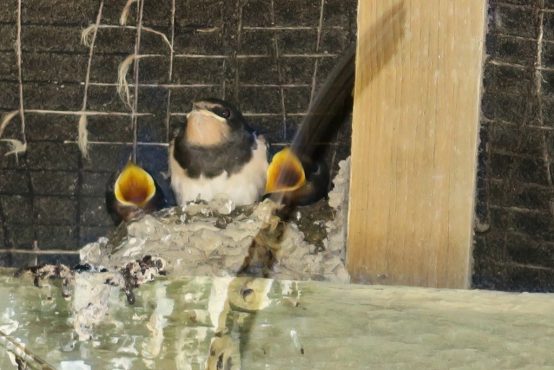
The hungry swallow provides an irresistible target for its harassed parent.
And on the 23 July they flew at dawn. I woke to find them balancing precariously on the wire outside my window, and fluttering effortfully back to the roof. By 10 am they were all back in their nest.
The exercise programme for a young swallow seems carefully calibrated by the parents. For the rest of the day the feeding continued unabated, but the next morning the chicks were out again, for longer, tackling more demanding routes under the car port and lining up on different perches to beg for food. After a week they were out all day, and nowhere to be seen, but would suddenly swoop down in mid afternoon, a twittering gang of five, and return to their nest on the beam, where their parents continued to feed them till dusk.
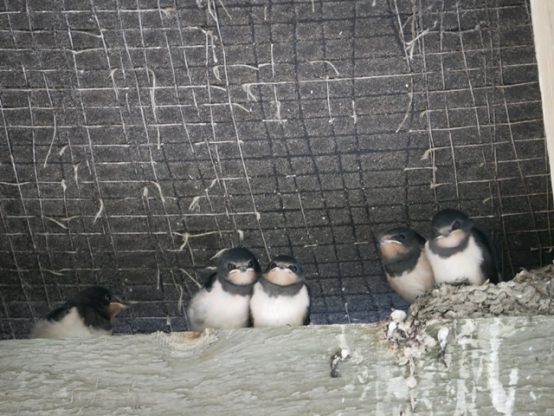
The five Swallow chicks return to the nest at bedtime
It is now day 9 since they first flew, and every evening we look out the back door to check that the five youngsters, still sporting their yellow flanges to their gape, are lined up for the night. It wont be long now before they leave us, and I wonder whether their parents will fit in another brood before Africa beckons once more. They sometimes do.

